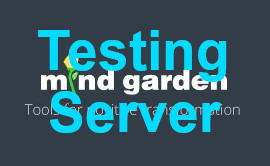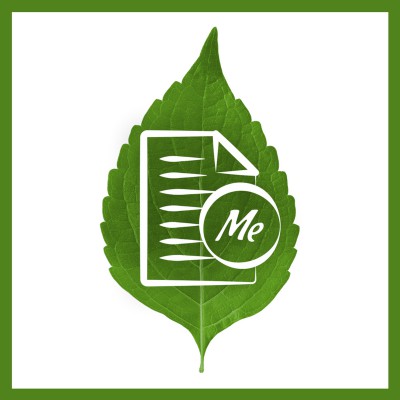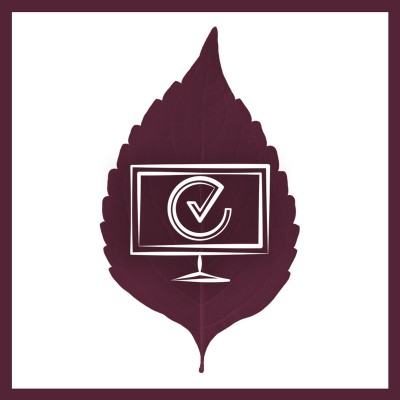 SEARCH
SEARCHNo products
Notice: Undefined index: total_noship in /var/www/prestashop/cache/smarty/compile/f8/b5/90/f8b590560ee23c0b806eb0670315623e14e8544e.file.blockcart.tpl.php on line 322
Notice: Trying to get property of non-object in /var/www/prestashop/cache/smarty/compile/f8/b5/90/f8b590560ee23c0b806eb0670315623e14e8544e.file.blockcart.tpl.php on line 322
Product successfully added to your shopping cart
There are 0 items in your cart. There is 1 item in your cart.
Authors: M. Susan Marting & Allen L. Hammer
The Coping Resources Inventory (CRI) measures five basic ways people handle stress. For counselors, the CRI can help clients recognize or bolster their coping resources, which in turn can help them minimize the impact of change and stress in their lives. For researchers, this is an efficient and valid measure of coping.
Copyright © 1988, 2004 by M. Susan Marting & Allen L. Hammer
- Buy It
- Sample Items
- Product Specs
- Translations
- References & More
- Related Products
- Manual$50.00Includes details on reliability, validity, scoring, etc. and a review-only copy of the CRI form. PDFs are not refundable.In Stock
- Individual Report$15.00Builds a report that interprets an individual's CRI scores. You invite participants to take the survey and Transform™ generates their reports.In Stock
- Report About Me$20.00Interprets and reports on your CRI scores. You complete the survey and Transform™ generates your report. Transform will connect this report to the "Send To" email provided at checkout. Note: This product is for a single use, with automated survey administration. For multiple uses, buy instead the Individual Report product in quantity needed.In Stock
- Group Report$200.00Builds a report that calculates and summarizes average CRI scores for a group of participants.In Stock
- Transform Survey Hosting (Data)$2.75Minimum purchase of 20. Allows you to administer the CRI as an online survey using Mind Garden's Transform™ System. Includes data collection: data file with participants' raw data and raw scale scores. Optionally, Individual Reports and Group Reports can be generated from the collected data - requires the purchase of report licenses. Customization services are available.In Stock
- License to Administer$2.75Minimum purchase of 50. Allows you to administer the CRI as an online survey via a non-Mind Garden survey system or as a paper and pencil survey. The downloadable PDF file includes one copy of the CRI, scoring key, and permission to administer the CRI up to the quantity purchased. The PDF is non-refundable.In Stock
Features of the CRI
Purpose: Measure five basic ways people handle stress
Length: 60 items
Average completion time: 10 minutes
Target population: Ages 14-83
Administration: For individual or group administration
Uses of the CRI
- Treatment planning for stress-related problems of individuals in counseling
- Treatment planning for specific rehabilitation programs such as those for cardiac patients
- Tool for designing stress workshops tailored for specific groups
- Tool for identifying individuals who might be at-risk, in need of counseling, or in need of medical intervention
- Tool for program evaluation
- Educational planning and assessment device in high school health classes
- Research instrument to investigate coping resources in various populations and to provide a standardized measure in coping research
Scales
Cognitive (COG): “I feel as worthwhile as anyone else.”
The extent to which individuals maintain a positive sense of self-worth, a positive outlook toward others, and optimism about life in general. The role of a positive self-concept in adaptation to stress is well documented (e.g., see Pearlin & Schooler, 1978).
Social (SOC): “I am part of a group, other than my family, that cares about me.”
The degree to which individuals are imbedded in social networks that are able to provide support in times of stress.
Emotional (EMO): “I can cry when sad.”
The degree to which individuals are able to accept and express a range of affect, based on the premise that a range of emotional response aids in ameliorating long-term negative consequences of stress.
Spiritual/Philosophical (S/P): “I know what is important in life.”
The degree to which actions of individuals are guided by stable and consistent values derived from religious, familial, or cultural tradition or from personal philosophy. Such values might serve to define the meaning of potentially stressful events and to prescribe strategies for responding effectively. The content domain for this scale is broader than traditional western religious definitions of spirituality.
Physical (PHY): “I exercise vigorously 3-4 times a week.”
The degree to which individuals enact health-promoting behaviors believed to contribute to increased physical well-being. Physical well-being is thought to decrease the level of negative response to stress and to enable faster recovery. It may also help to attenuate potentially chronic stress-illness cycles resulting from negative physical responses to stressors that themselves become major stressors.
If you are unable to find the translation you need, you can request permission to make a translation.
Available with CRI License to Administer:
These translations are available free of charge with your purchase of the license. Translations are provided in a separate pdf-format file. Select the language from the Translation drop-down list. Need multiple translations? Contact us.
- Czech
- Japanese
- Malay
- Portuguese
No translations available with CRI Transform™ Survey Hosting.
Note: We cannot assure translation quality — many are made by individual researchers and we are not necessarily familiar with the particular language or dialect. Some of the translations are partial and typically do not have validation data. Basically, we offer whatever is available to facilitate your work.
References
From the Journal of Clinical Psychology 49:6 (1993), 815-30: "The coping resources inventory for stress: a measure of perceived resourcefulness."
From Psychological Reports 90:1 (2002) 270-72: "Sex, perception of immediate stress, and response to coping resources inventory, emotional domain"
From the CRI
"One of the goals in developing the CRI was to provide a tool for identifying resources currently available to individuals for managing stress. Clinical theory and practice largely focus on what is wrong with people rather than on what is right with them.
"The CRI was constructed to facilitate an emphasis on resources rather than deficits. Identifying and acknowledging clients’ resources and competencies as well as their deficits and impairments may prove useful in designing interventions and in improving self-concept. Increased knowledge of resources and their role in the coping process may also help in the design of prevention programs.
"If certain competencies or resources are known to be related to differential adjustment, interventions can be designed that will attempt to increase resources in at-risk populations. Conversely, if exposure to certain life events is related to negative outcomes such as physical illness or increases in psychological symptoms, and particular resources can attenuate these outcomes, then prevention programs could be developed to take this into account."
-- M. Susan Marting & Allen L. Hammer, Coping Resources Inventory Manual
Measures preferences for certain defensive or coping mechanisms.
A clinician-rated instrument to be used with adolescents identified for crisis services. The clinician rates the extent to which an adolescent client has met specific goals related to crisis stabilization.
An objective measure of the degree to which a person forgives another person, group or entity that has hurt him or her deeply and unfairly.
An alternative to the traditional life events approach to measuring stressors.
This workbook looks at anxiety in every day life and includes strategies for decreasing daily anxiety as well as resources for further exploration.
Offers individuals a comprehensive approach to managing stress.
The premier measurement of coping: measures the thoughts and actions people use to handle stressful situations.

 LOGIN
LOGIN  BLOG
BLOG
 CART
CART




